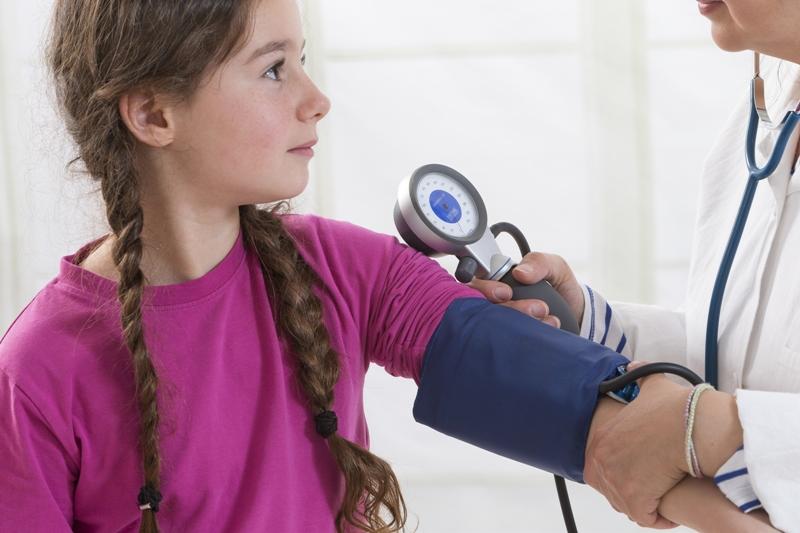
As it is still unclear whether the potential benefit outweighs the potential harm, it is reasonable not to recommend routine screening for hypertension in the paediatric population, says a specialist.
Screening a child for hypertension should be an individualized decision, made based on clinical indications such as overweight or obesity and the presence of strong family history, said consultant paediatric nephrologist Dr. Lim Yam Ngo. In such patients, screening and early diagnosis of hypertension is important, more so if secondary hypertension is suspected.
According to the US Preventive Services Task Force (USPSTF), there is insufficient evidence to recommend screening for hypertension in asymptomatic children and adolescents. [Ann Intern Med 2013;159(9):613–619] However, other guidelines recommend routine blood pressure (BP) measurements for children above the age of 3 who present at a medical setting. [J Hypertens 2009;27(9):1719–1742, Pediatrics 2004;114(2Suppl 4th Report):555–576] For those below the age of 3, BP measurements are to be done only if the child has a condition that increases his or her risk for hypertension.
In the paediatric population, the goals of screening for hypertension include early diagnosis; initiation of treatment; slowing the progression of hypertension from childhood to adulthood; and reducing adverse cardiovascular outcomes.
The long term clinical sequelae of paediatric hypertension are relatively unknown and require more research. At the moment, paediatric hypertension is shown to have only moderate effect on hypertension in adulthood and there is no evidence linking paediatric hypertension to cardiovascular disease, said Lim. Meanwhile, the short-term effects of hypertensive emergencies have been linked to renal impairment, cardiac failure and hypertensive encephalopathy, among others.
There are several potential harms associated with routine screening for hypertension, she said. Among them is the negative effects of false positive results which includes stress, unnecessary investigations and monetary cost. Moreover, once the screening becomes a normal routine, it will be hard to persuade people the screening may be useless, if not harmful.
On whether physicians are screening children in their practices, Lim said a study involving paediatricians showed 71 percent measured their patient’s BP only if the child had risk factors for hypertension. [J Pediatr 2014;164(1):173–177.e7] However, the majority do not compare the readings with reference standards and nearly half of the paediatricians involved in the study wrongly classified one or more of the prehypertensive or hypertensive cases as normotensive.
Even though the balance between the pros and cons of screening is still unclear, the health advantages of preventing the development of high BP are clear. Prevention of hypertension should be emphasized at the population level through policy, environmental and educational approaches, said Lim.